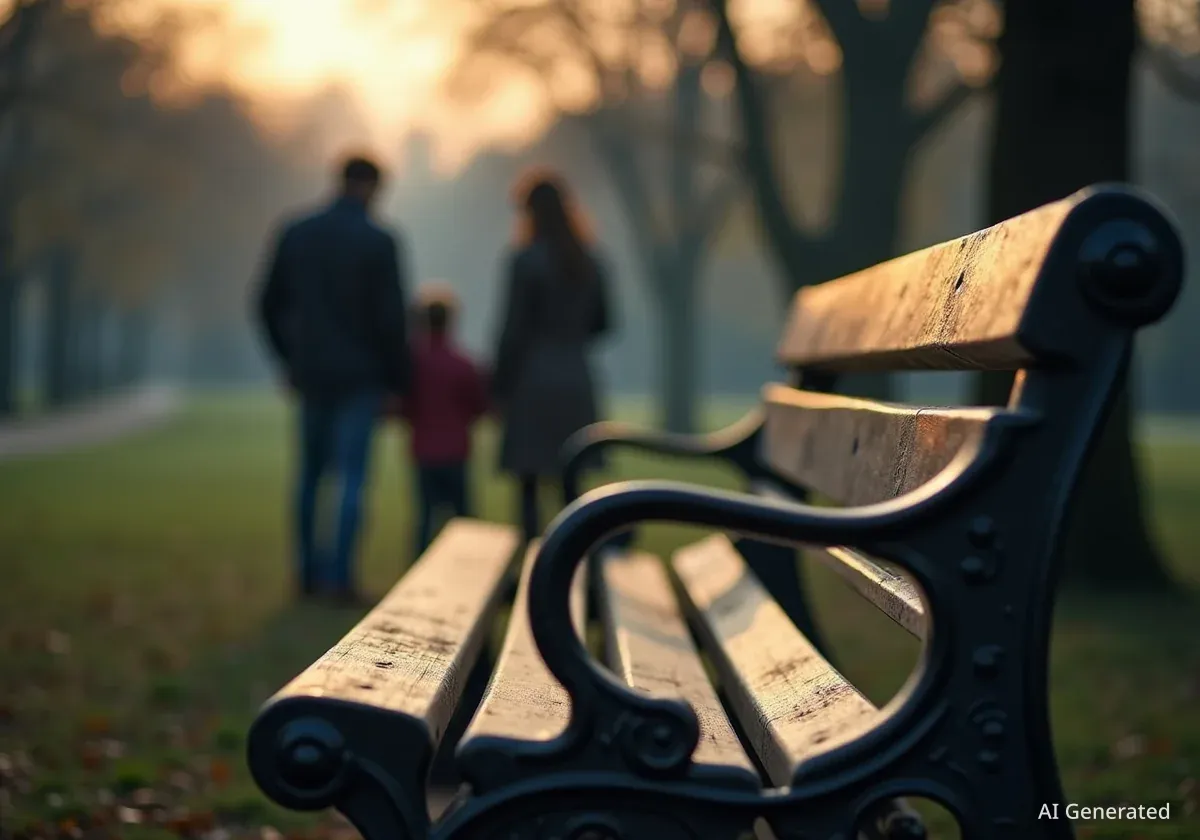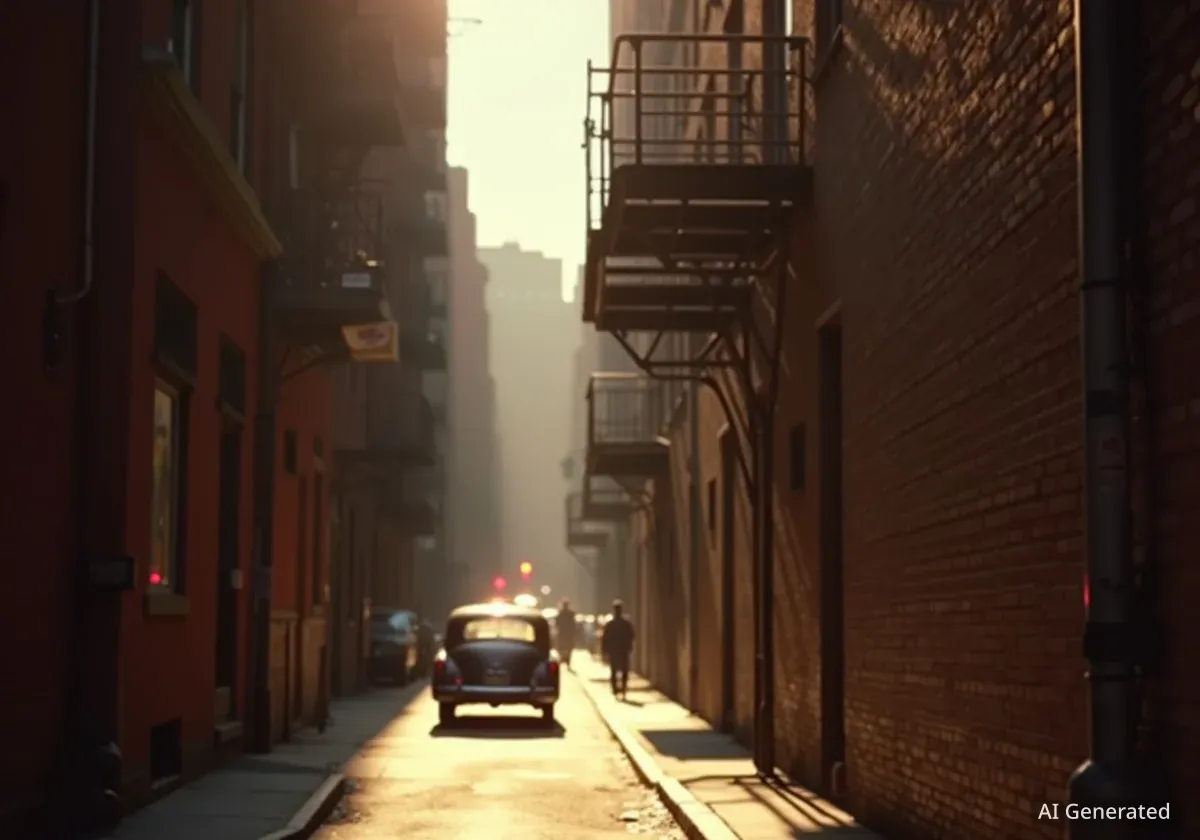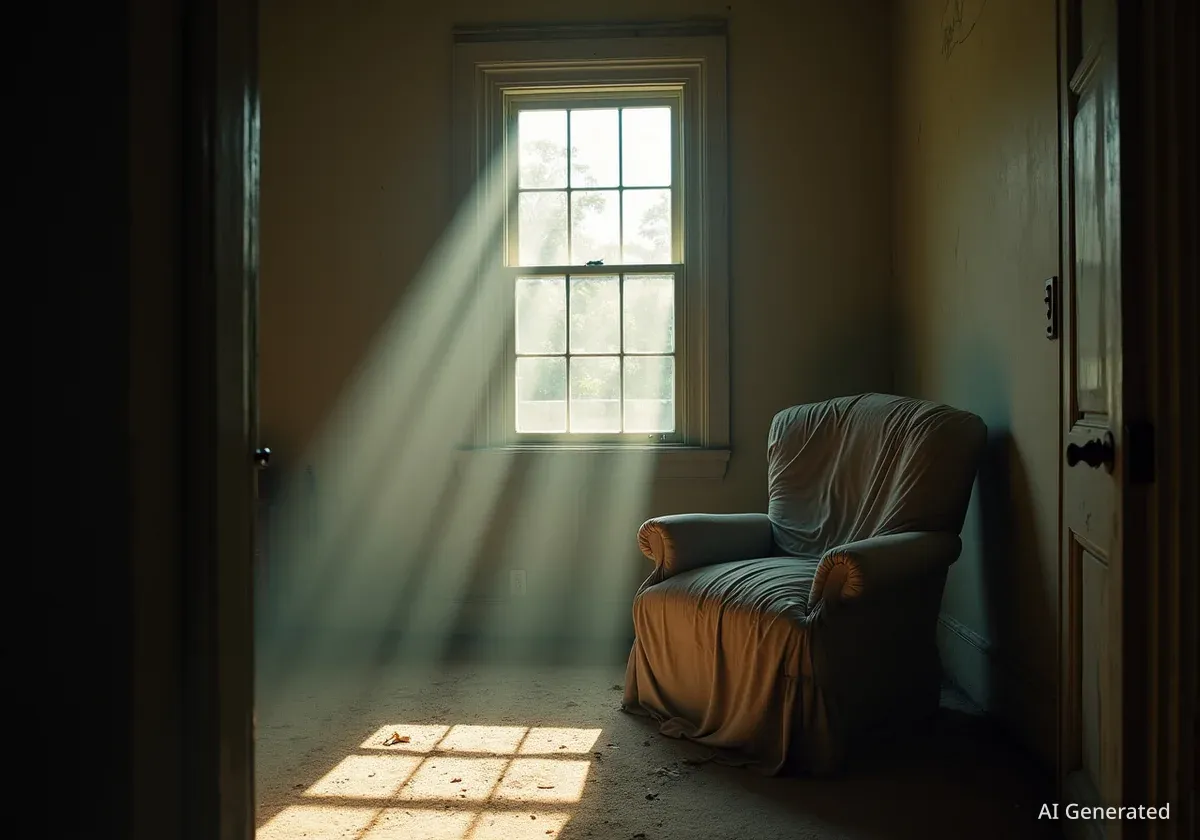A photographer's refusal to remove portraits of a deceased homeless woman, despite her family's pleas, has ignited a debate over photo ethics and the rights of vulnerable individuals in public spaces. The images, taken in Windsor, Canada, and Detroit, United States, depict Alicia Newman, who died in 2018 at age 37.
The photographer, Donnie Johnston, specializes in documenting unhoused people. His social media platforms frequently feature stark images of individuals facing poverty and addiction. Newman's family discovered the photographs approximately a year after her death and immediately requested their removal, citing feelings of violation and distress.
Key Takeaways
- Photographer Donnie Johnston refuses to remove portraits of deceased homeless woman Alicia Newman.
- Newman's family describes the photos as violating and distressing.
- Current laws in Canada and the U.S. generally permit photography in public spaces.
- Legal experts suggest existing laws may not adequately protect vulnerable individuals in the digital age.
- The case highlights a growing ethical dilemma for street photographers.
Family Expresses Deep Distress Over Images
Alicia Newman's twin brother, Devin, spoke out about the painful experience of seeing his sister depicted in such a vulnerable state. "It's really hard because my sister didn't look like that at all," Devin stated in an interview. He emphasized that the images did not reflect the Alicia he knew, adding a layer of grief to the family's loss.
Nancy Turner, Alicia's half-sister, echoed these sentiments. She described the experience of encountering the photographs as deeply violating. The family's requests to Johnston to take down the images have reportedly been met with silence or outright refusal.
Fact Check
- Alicia Newman died in 2018 at 37 years old.
- The photographs were taken around 2017.
- Johnston reportedly captured three portraits of Newman.
Photographer's Stance on Image Removal
Johnston has maintained a firm stance against removing any of his photographs. When approached for comment, he declined to elaborate, instead posting a message on his social media. The post read:
"I don't claim to be anything but a photographer. I will never take down any photo for any reason ever. End of story."This statement underscores his position on artistic integrity and the permanence of his work.
He has also shared content from controversial street photographer Bruce Gilden, known for his confrontational style. These shared quotes appear to be in direct reference to the ongoing dispute regarding Alicia Newman's images.
Legal Landscape for Street Photography
The legal framework surrounding street photography in both Canada and the United States generally permits individuals to take photographs of people in public spaces. This right is typically protected under freedom of expression and the understanding that there is no reasonable expectation of privacy when in public.
However, this broad interpretation of the law is increasingly being questioned, especially when it involves vulnerable populations. Legal scholars are beginning to highlight the gap between existing legislation and the ethical considerations of documenting those experiencing homelessness or addiction.
Understanding Public vs. Private
In legal terms, a 'public space' is an area where an individual can be seen by others, such as streets, parks, and public squares. A 'reasonable expectation of privacy' applies to locations like private homes or changing rooms, where photography is generally restricted without consent.
Calls for Legal Modernization
Kristen Thomasen, a law professor at the University of Windsor, has voiced concerns about the current legal framework. She believes that the law is not keeping pace with the rapid evolution of the digital world and its implications for personal privacy, particularly for marginalized groups.
"I think there is a huge vulnerability created through this lack of legal protection when the laws can't be nuanced enough to understand that people have different ways of experiencing being out in public," Professor Thomasen commented.
Her remarks emphasize the need for legal protections that acknowledge the differing experiences of privacy and public exposure among various segments of society.
Global Perspectives on Image Rights
While North American laws on street photography remain broad, some other countries are exploring stricter regulations. Denmark, for instance, is reportedly working to strengthen laws concerning a person's likeness. Such changes could have significant implications for photographers and their ability to capture images freely.
The debate extends beyond individual rights to broader concerns about press freedom and artistic expression. Any regulation that restricts a photographer's work could be seen as detrimental to the art form and might lead to unintended consequences for journalistic endeavors.
The Ethical Dilemma for Photographers
This case forces a critical examination of the ethical responsibilities that accompany the legal right to photograph in public. While photographers often aim to document reality and raise awareness, the impact on the subjects and their families must also be considered.
The digital age ensures that images can be disseminated globally and persist indefinitely, amplifying the consequences of their publication. This permanence makes the initial decision to publish, and any subsequent refusal to remove, a weighty ethical choice for photographers.
Ultimately, the situation with Alicia Newman's portraits underscores a complex intersection of artistic freedom, individual privacy, and the evolving nature of public documentation in a connected world. It prompts a necessary conversation about empathy and the power dynamics inherent in photography, especially when subjects are in vulnerable circumstances.




